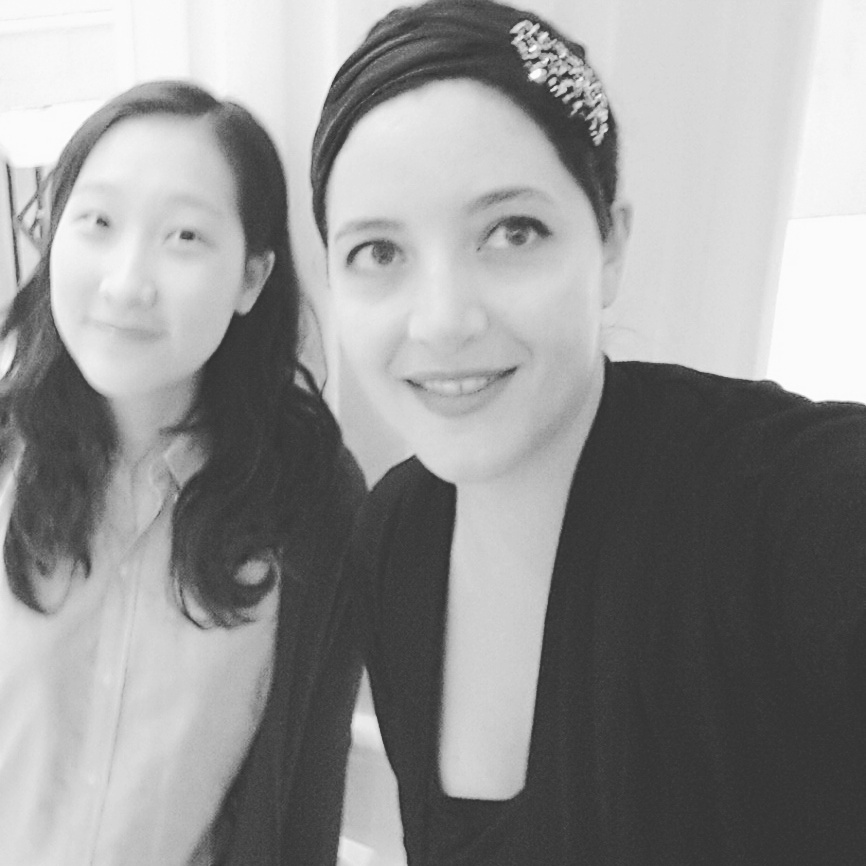
Dubai, 2016
This year’s March 8 International Women’s Day United Nations theme is “Planet 50-50 by 2030: Step It Up for Gender Equality”. With the new global 2030 roadmap and 17 Sustainable Development Goals approved by UN Member States, gender equality appears to be the most critical[1]. According to Phumzile Mlambo-Ngcuka, UN Under-Secretary-General and Executive Director (UN Women):
“Without gender equality and a full role for women in society, in the economy, in governance, we will not be able to achieve the world we hoped for”.[2]
Numerous governments have signed their support for such a change by amending legislation to eliminate discrimination against women, improving enrollment of girls in primary and secondary education, reducing maternal deaths… However, to that date, the support has not been felt all the way through society – often, diverse social layers are not responsive or energized in the way the government wants them to be – , the gap between those who draw up the commitments and those who are supposed to carry them out has been widened, gender ministries have tended to be underfunded and lacked the influence and weight of larger and stronger ministries, and advances have been low in other vital areas such as increasing women’s access to decent work, higher positions or equal pay.
To that date, no country has achieved 100% gender equality. So much more is needed to learn lessons from the past – with both its worldviews/spaces of gender equality and of inequality, such as the past of Southwestern Asia and North Africa – and change the trajectory of gender equality and the empowerment of women. First, the question as to whether there ought to be a spontaneous involvement from all individuals and groups within a society, or whether the government must induce the change, needs to be answered for change initiatives to succeed. The same question is asked when it comes to diversity management in any institution, the academic for instance.
As I see it, the engagement of governments is important but certainly not enough; any top down change initiative needs to be communicated appropriately through official and non-official channels such as education (in schools and universities), knowledge production and dissemination (research centers, independent scholars), media campaigns and continuous awareness programs (traditional media, social media). We certainly need awareness in our schools and universities when it comes to feminism and gender equality! My researches in Lebanon when I used to teach in three different universities from 2007 to 201 indicated the prevailing existence of confusion and misconceptions at this level: gender equality for instance was perceived by many young women and men as simply, ‘the end of men, tradition or identity’, and feminism as misandry – meaning feminists are ‘men-haters’. The preliminary results of a small-scale research conducted by my assistant researcher Ms. Haeley Ahn in her school revealed the existence of a wide spectrum of opinions when students were asked the following questions but with a relatively high percentage of misconceptions: Did you know that March 8th is the International Women’s Day? How do you feel about women’s rights in the region (Middle East)? How do you think women’s rights could be improved in this region? What is your perspective on feminism? Would you consider yourself a feminist? Do you think your perspective aligns with how society views feminism? [Excerpts of results are found here: Analysis]
According to Ms. Ahn:
“I realized that the biggest responsibility we feminists have is to redefine feminism in today’s society and eliminate any stigmas or stereotypes associated with it. The lack of understanding of what feminism truly is causes irrational fear and even hostility towards the movement. On a brighter note, those who did not identify themselves as feminists still mentioned that they advocate for gender equality. Once misunderstandings are cleared and people realize that feminism is in fact a call for equality, the feminist movement will surely gain an influx of supporters and a new momentum!”
The UN Millennium Development Goals define ‘gender equality’ as not only a fundamental human right but a necessary foundation for a peaceful, prosperous and sustainable world.
“Providing women and girls with equal access to education, health care, decent work, and representation in political and economic decision-making processes will fuel sustainable economies and benefit societies and humanity at large”.[3]
Gender equality does not mean that women and men will become the same, but that women’s and men’s rights, responsibilities and opportunities will not depend on whether they are born male or female. Gender equality implies that the interests, needs and priorities of both women and men (and other gender identities) are taken into consideration. And in fact, the Southwestern Asian and North African regions’ past and present include considerable examples of gender equality perceptions and practices: from ancient Egyptians to Zoroastrians and a number of tribes in the Arabian Peninsula, to the 19th c. feminist movements from Tunisia to Iraq, and contemporary voices/initiatives… Gender equality is not an imported concept-product. It lies at the heart of the local cultures and legacies. It is found in countless homes and minds. It just needs to be rediscovered and portrayed as such, encouraged where it already exists, and disseminated to every strata of society.
Governments do play a fundamental role in achieving these tasks. However, people who are forced to adapt to change through a top down approach have the initial reaction to resist. Individuals and non-governmental organizations ought to have their voices heard and taken into consideration in the way the change initiatives are managed. Furthermore, visionary ideas aren’t the products of only leaders and top management. Examples of innovations by activists, students, professors, artists, social movements and civil associations, and successful micro-management methods such as in schools and university classrooms, or in small and medium-size enterprises, are proofs of the ‘organic growth’ approach success rather than the ‘transplanted growth’s’ – or of the success of the two approaches’ combinations. The more people will be involved by governments in the change process, the less they will feel they are perceived as somehow incompetent, the less they will be unmotivated, the less misunderstandings will be created, the more people will be able to come to terms with change, and will be able to produce and contribute to their society’s advancement. Definitely, much will depend on our individual and collective, disparate, irregularly connected but certainly continuous initiatives, and on our abilities to articulate and foster coherent new paradigms.
Gender equality by 2030: Possibility or Utopia?
The question should not even be asked. Gender equality is already a possibility, as it constitutes one of the many realities of our pasts and presents. Let us not “dwell in possibility”, but recognize it, and embrace the challenges that lie ahead of us with courage, faith and hope.
This article is the product of a joint venture between Ms. Haeley Ahn and I. I would like to thank her for her amazing and enlightening work. A role model for our young generation of feminists!
——————————————————-
